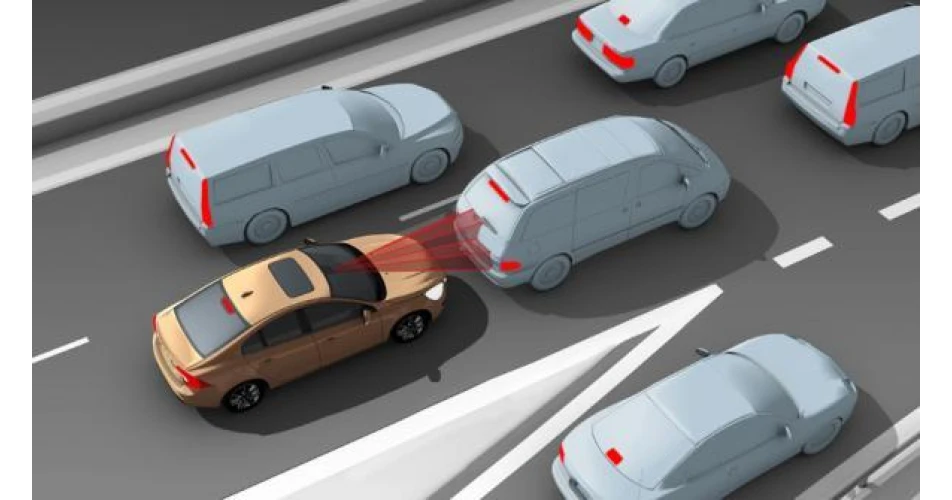Not seen so many rear end shunts in your workshop lately? It could be down to accident avoidance technology having an impact. A new study by research teams from Europe, Australia and New Zealand has found that low speed autonomous braking technology leads to a 38% reduction in accidents, particularly in relation to low speed front to rear crashes.
The study, which was produced by Euro NCAP with support of ANCAP, its Australasian counterpart, and published in the journal of Accident Analysis & Prevention, also found that there is no significant difference between urban and rural crash benefits for this type of technology.
The report says that Autonomous Emergency Braking (AEB) is one of the more promising safety technologies and that it’s finding offer proof of this. Pooling data from five European countries plus Australia, the findings showed a 38% overall reduction in real-world, rear-end crashes for vehicles fitted with low speed AEB compared to a sample of equivalent vehicles with no AEB.
